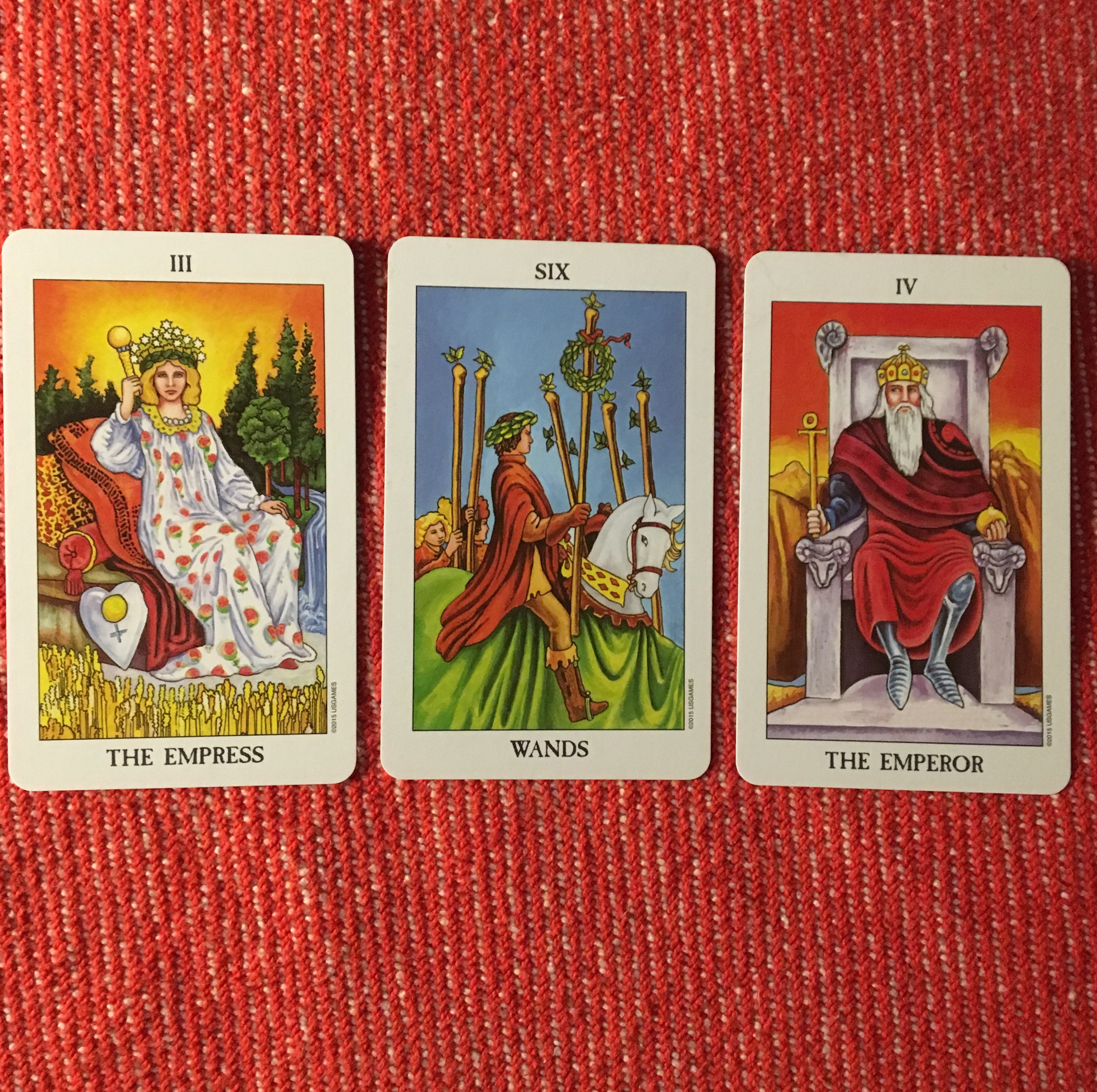I have come across the phrase As Above, So Below quite a few times in my tarot studies, and it was familiar enough that I’ve probably encountered it before that, too. It seems to be one of those axioms that floats around mainstream culture. The Magician is said to evoke the concept in the way he holds one hand thrust above his head pointing skyward and the other pointing down toward the earth, channelling the energy between the earthly and spiritual planes. You’ll see the same concept echoed in how the Hierophant holds his hand in his benediction, with two fingers pointed up and the other two folded down: As Above, So Below.
When I was out for a walk along my beloved Rideau River one perfect spring morning, the mirroring of the trees, clouds and sky in the water immediately brought this phrase to my mind. But it made me wonder: what exactly does this phrase mean? Is it just about how the Magician manifests his energy?
It turns out that As Above, So Below is one of the seven Hermetic Principles, and is known as the Principle of Correspondence. Hermeticism is a school of ideas and systems originating as far back as the first century A.D. that focuses on the pursuit of Gnosis; that is, the pursuit of empirical knowledge pertaining to spiritual mysteries. Hermeticism greatly influenced thinking in the Reformation and Renaissance.
I found this definition of the Principle of Correspondence in The Kybalion: A Study of The Hermetic Philosophy of Ancient Egypt and Greece: “Just as a knowledge of the Principles of Geometry enables man to measure distant suns and their movements, while seated in his observatory, so a knowledge of the Principle of Correspondence enables Man to reason intelligently from the Known to the Unknown.”
So what does that mean in modern English? It means that the macrocosm of the cosmos is reflected in the microcosm of individual experience. And this doesn’t just apply to the manifesting energy of the Magician or even the major arcana; instead, it implies that the entire universe exists within a tarot deck, with each card representing a person, place, or event. As Rachel Pollack explains in 78 Degrees of Wisdom, “The tarot contains a philosophy, an outline of how human consciousness evolves, and a vast compendium of human experience.”
And there’s another connection with the Magician, too. The Magician is associated with Hermes, the Greek god of communication, and the Hermetic Philosophy is based primarily upon writings attributed to Hermes Trismegistus. (This means the Thrice-Greatest-Hermes and is clearly a thread I need to pull another day, because my curiousity is firmly piqued by the idea of being known as the Thrice-Greatest anything! Who then in the greatest Hermes, and the second-greatest? Was there a contest? A vote? Can I become known as the greatest DaniGirl and can I put that on my business cards?)
That’s a little bit more of a deep dive than I was anticipating when I started pulling this thread, wondering about the meaning of As Above, So Below. This is a great example of one of my favourite parts of tarot, though: how it combines history, philosophy, art and spirituality in fascinating ways.





